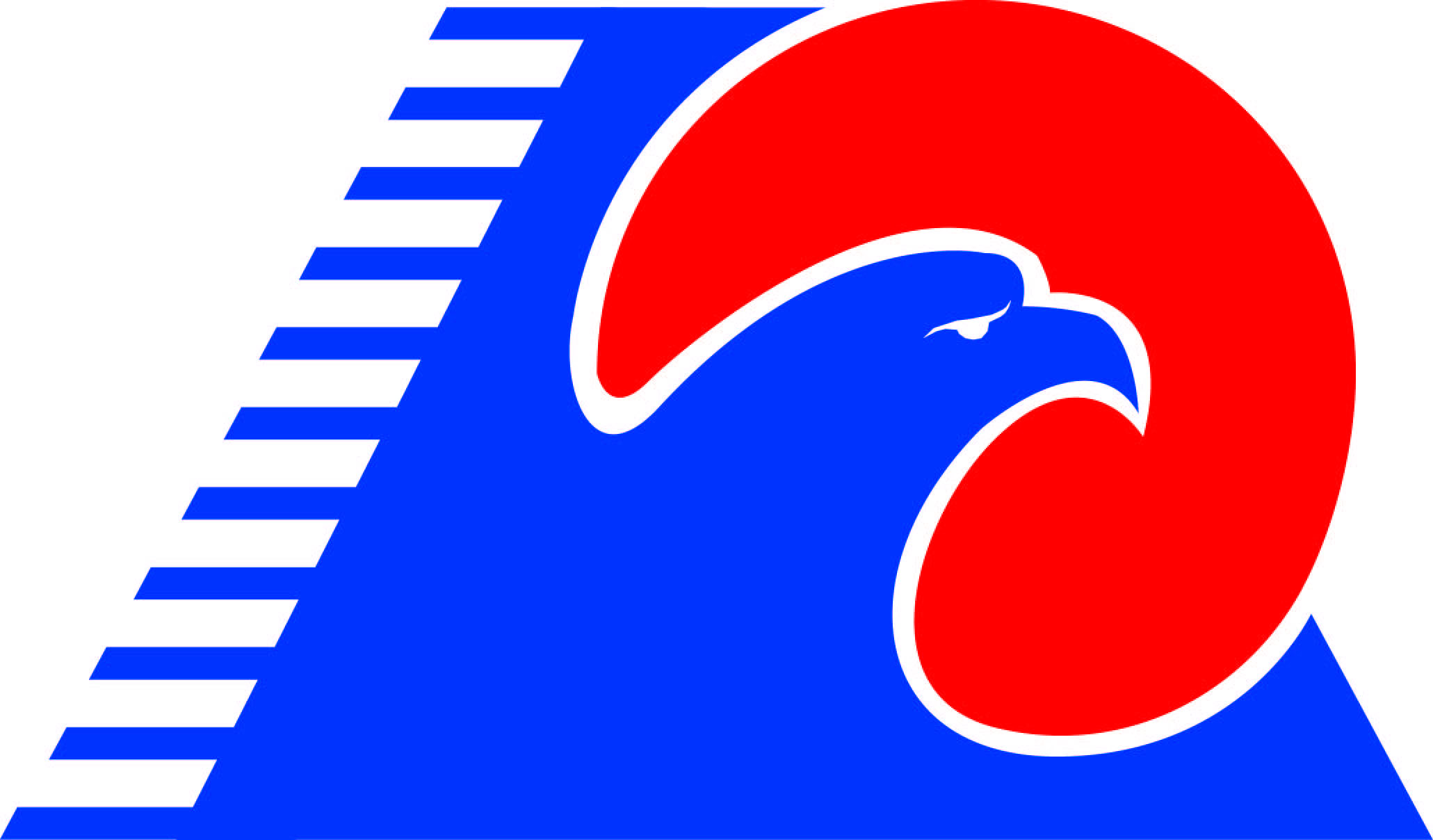
 Seven years of qualification
Seven years of qualification
 Audited Supplier
Audited Supplier
In This Store
Category:Finished Dosage > Cardiovascular Preparations
Product Name:CREATINE PHOSPHATE SODIUM FOR INJECTION
CAS No.:---
Standard:In-house Standards
Price(USD):Negotiable
Company:Hebei Tiancheng Pharmaceutical Co., Ltd.
Grade: Injection Grade
Factory Location: Cangzhou, Hebei Province, China
Main Sales Markets: North America,Central/South America,Western Europe,Eastern Europe,Australasia,Asia,Middle East,Africa
Sample Provided: no
Payment Terms: L/L
DESCRIPTION
The chemical name of Creatine Phosphate Sodium is N-[Imino(phosphonoamino)methyl] -N-methylglycine. The molecular formula is C4H8N3O5PNa2·4H2O and the molecular weight is 327.13. The structural formula is as follows:

This powder is a white powder or crystalline powder.
SPECIFICATION
1.0g (calculated as C4H8N3O5PNa2).
USAGE AND DOSAGE
As a drug to protect myocardial, Creatine Phosphate Sodium has better curative effect and reliable safety, which leads huge usage of this product all over the world. In cardio-surgery, it can be added into cardiopulmonary byass to protect myocardium. It also can be used to treat myocardial metabolic abnormalities because of ischemia.
1.0g each time, 1-2 times every day by intravenous injection within 30-45 minutes. It is added into cardiopulmonary byass to protect myocardium and cardiopulmonary byass concentration is 10 mmol/L.
CLINICAL PHARMACOLOGY
Phosphocreatine can anaerobically donate a phosphate group to ADP to form ATP during the first 2 to 7 seconds following an intense muscular or neuronal effort. Conversely, excess ATP can be used during a period of low effort to convert creatine to phosphocreatine. The reversible phosphorylation of creatine (i.e., both the forward and backward reaction) is catalyzed by several creatine kinases. The presence of creatine kinase (CK-MB, MB for muscle/brain) in blood plasma is indicative of tissue damage and is used in the diagnosis of myocardial infarction.[1] The cell's ability to generate phosphocreatine from excess ATP during rest, as well as its use of phosphocreatine for quick regeneration of ATP during intense activity, provides a spatial and temporal buffer of ATP concentration. In other words, phosphocreatine acts as high-energy reserve in a coupled reaction; the energy given off from donating the phosphate group is used to regenerate the other compound - in this case, ATP. Phosphocreatine plays a particularly important role in tissues that have high, fluctuating energy demands such as muscle and brain.
PHARMACOKINETICS
After intramuscular injection for rabbit, drug concentration in blood should reach peak value after 20-40 minutes, at this time there should be 25%-28% of drug remaining in blood. Then its concentration should decline slowly, when there should still be 9% of drug remaining in blood. 40-250 minutes after intramuscular injection, it should be detected that ATP level in blood increases. ATP level should reach peak concentration 100 minutes after injection. After intravenous injection for rabbit, creatine phosphate exists in blood as active form, which should decline gradually within 30 minutes. ATP level should increase, which should return to normal 300 minutes later.
After intramuscular injection of creatine phosphate for human, the average T1/2 is 0.09-0.12 hours. After 40 minutes of intramuscular injection of 5.0g creatine phosphate, the drug concentration in blood decreases to below 5nmol/ml. After 40 minutes of intramuscular injection of 10.0g creatine phosphate, the drug concentration in blood can reach 10nmol/ml. After intramuscular injection of creatine phosphate for human, creatine phosphate should appear in blood 5 minutes later. Drug concentration in blood should reach peak value after 30 minutes, nearly 10nmol/ml, which decreases to 4-5nmol/ml after one later. After I hour, it should remain at 1-2nmol/ml. Analysis data of tissues indicates that exogenous creatine phosphate mainly distributes in myocardium and skeletal muscle, then in brain and kidney, and least in lung and liver. Creatine phosphate can produce creatine after dephosphorylation. Creatine is cyclized into creatinine, which is excreted in urine.
CONTRAINDICATIONS
There are no contraindications to the administration of creatine phosphate sodium.
WARNINGS
Blood pressure might decrease if more than 1.0g creatine phosphate is administered by intravenous injection at rapid injection speed. Large dose of this drug 5-10g/ day can cause high intake of phosphate sodium, which might affect calcium metabolism and secretion of stable state hormones.
ADVERSE REACTIONS
If any discomfort during the drug administration, inform the doctor immediately.
TABOO
This drug can’t be used for patients who is allergic to creatine phosphate. Large dose of this drug 5-10g/ day can’t be used for patients with chronic renal insufficiency.

Contact Us
Tel: (+86) 400 610 1188
WhatsApp/Telegram/Wechat: +86 13621645194
+86 15021993094
Follow Us:




 Pharma Sources Insight July 2025
Pharma Sources Insight July 2025


